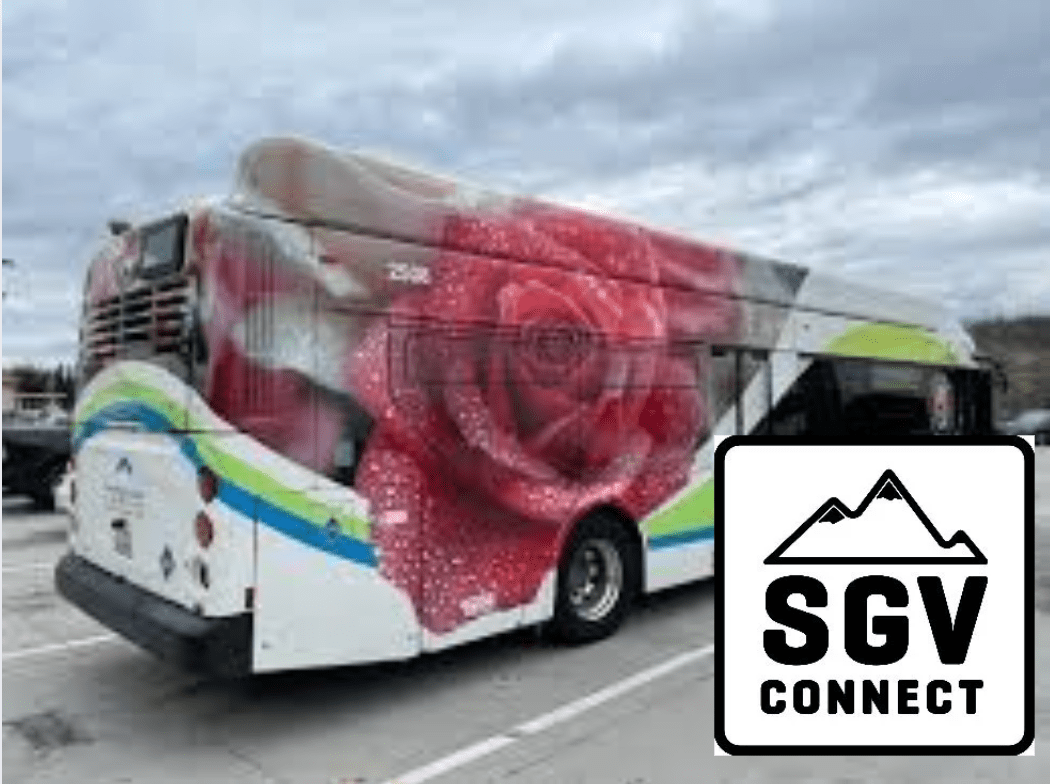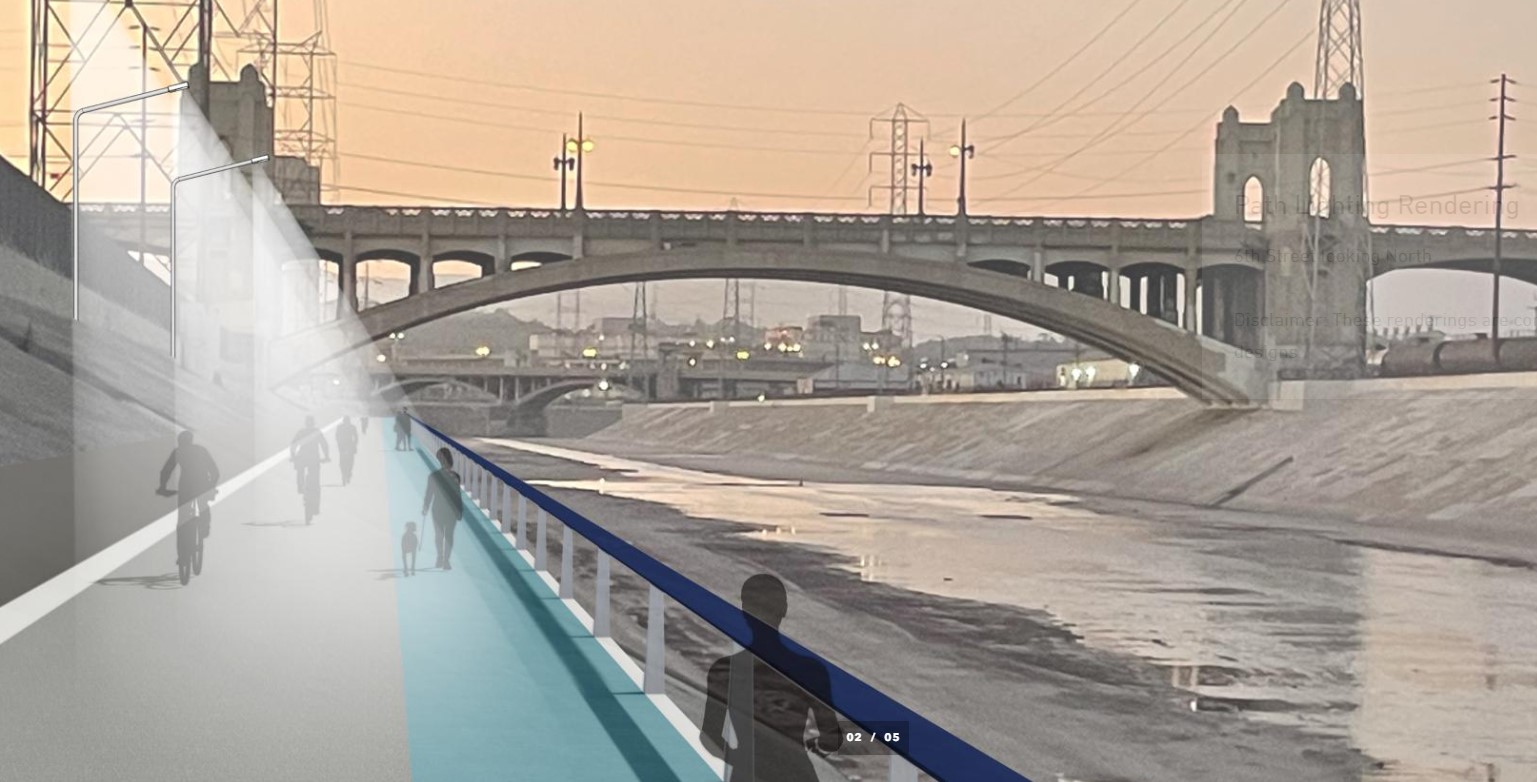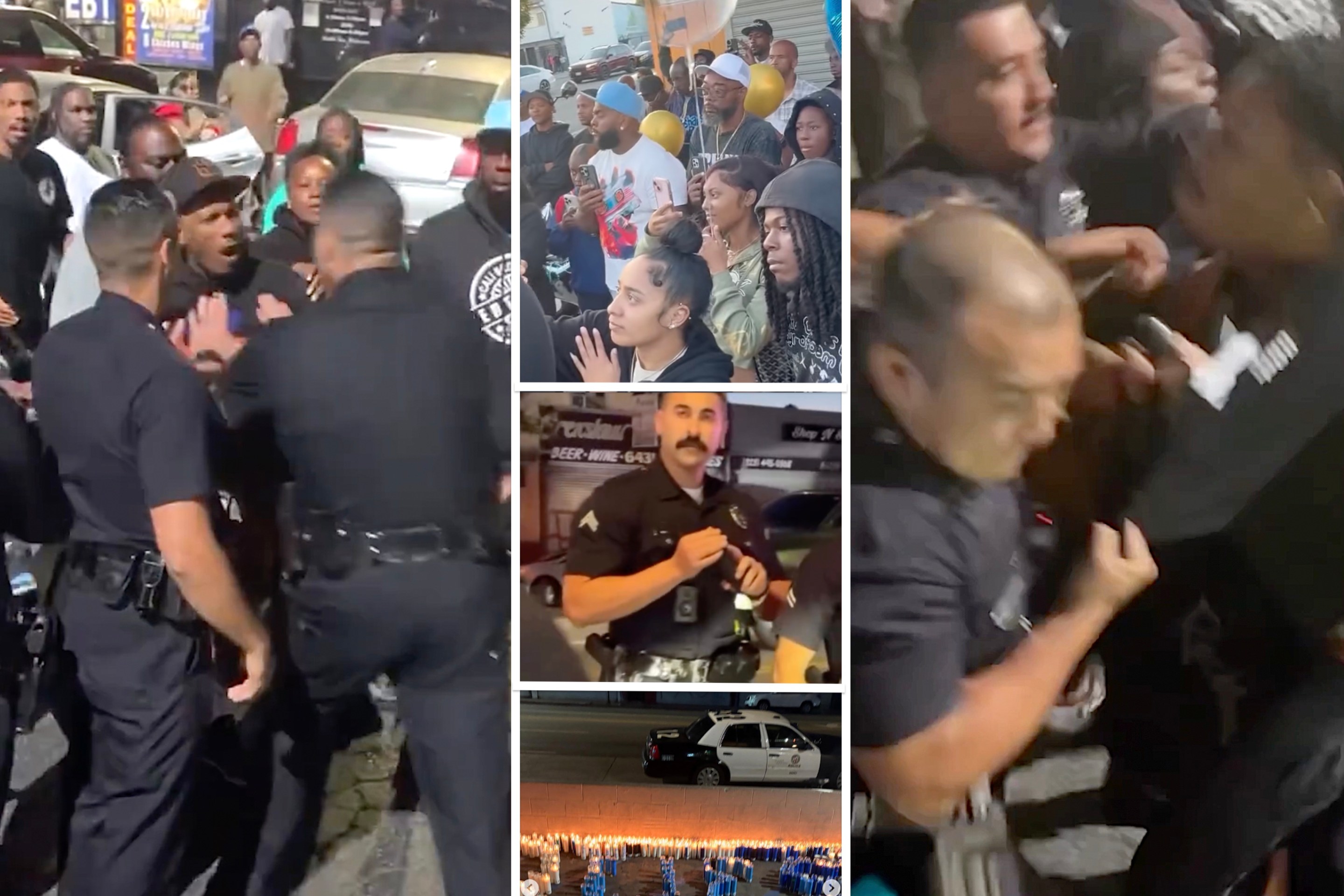This week we’re joined by Northern California Director for High Speed Rail Boris Lipkin and Streetsblog San Francisco Editor Roger Rudick to talk about high speed rail’s progress in California. Lipkin discusses what’s next for the program, its funding, and possible station design, while Rudick pushes back on recent negative media in this age of mistrust of government.
For those of you who just want to read the conversation, click here (but be forewarned: there may be typos). If you want an excerpted version of the spirited conversation, read the edited transcript below the audio player.
Jeff Wood: Boris, I imagine it's been frustrating to see a lot of politicians, say in the Central Valley, who probably have read the New York Times article and kind of use it as a prop to deny funding. And it’s probably been frustrating also to watch a lot of the discussions around these Senate bills that have been passed. So I’m wondering what your feelings are when there’s all this discussion that we're supposedly having a hard time paying for it, but then a lot of the funding from national level sources and other sources is hard to come by because of some of the things that are written, or maybe just because of some of the quote unquote biases that Congress critters have.
Boris Lipkin: I think the funding picture is interesting because there’s sort of the outside world view of it and then there’s the, you know, project view. And sure, I would love to live in an environment which some other countries have, where the population or the parliament approves the project, the project fully funded and then it's just all about executing the project. That’s not the world that we live in.
And so California put the idea before the voters in 2008 and said, "Voters of California, do you want us to start building a high-speed rail system? And here’s what it will generally look like. Here’s where it’ll generally go. Here’s the places it’ll connect." And that bond measure included a funding that would be one-fifth of the cost at the time. And it said, "If you wanna actually spend this money on construction, which we want you to do, then you have to find matching funds somewhere else." And at that point there was no nowhere else. And voters said yes.
But what you’ve seen in the last decade that I’ve worked on the program is every few years there’s a funding milestone. So first we had, you know, Prop 1A, then we got federal funds to match that and begin construction. Then a few years later, we got cap-and-trade funds. That was sort of our first, you know, long-term funding source from the state. Then the cap-and-trade program got extended, giving us an extra runway on those funds.
We then started to see, you know, the new funding sources coming into play with the federal government out of the bipartisan infrastructure law. And we’re very excited about what that can bring. Just this last year in the legislature we had the appropriation of the remaining Prop 1A funds, which gives us the next boost. And frankly that’s what we’ve seen with large infrastructure projects in the U.S. — we do these things in blocks and we find the funds to do the next piece and do the next piece and do the next piece. And eventually you have a whole system.
Now would it be better if we did it the way that many other countries have done it, which is, you know, basically fund the whole thing all at once? Sure. But that’s never been the reality.
And so we live in the world that we have where we certainly see the importance of leveraging the state funds that we have. And we’re very lucky to have strong support within the state. And frankly, you know, now clear direction in terms of our political leadership of how they wanted to see the program advanced. And then leveraging that with new federal funding opportunities. The bipartisan infrastructure law is a huge opportunity that hasn’t existed in the last decade plus. And so we’re certainly excited to see those programs at the federal level. And then even at the regional level, you know, we have great examples of partnerships, everything from Caltrain electrification where we’re providing about a third of the funding and others are coming in with the rest of it to get that line electrified.
We have the Metropolitan Transportation Commission in the Bay Area basically saying that bringing high-speed is a regional priority for discretionary funds is part of their long-range plan. And really, these are the kinds of things that it’ll take for the program to come about. And you know, I think we’ll continue to see the pattern of moving forward and pursuing funding from all sources. And the program continues to grow and gets implemented and the building blocks come together.
So to me, the funding picture is frankly brighter in sitting here in 2022 than it’s been in at least the last five, six, seven years on the program.
And I think the country’s coming along. And so I’m, I’m very optimistic.







